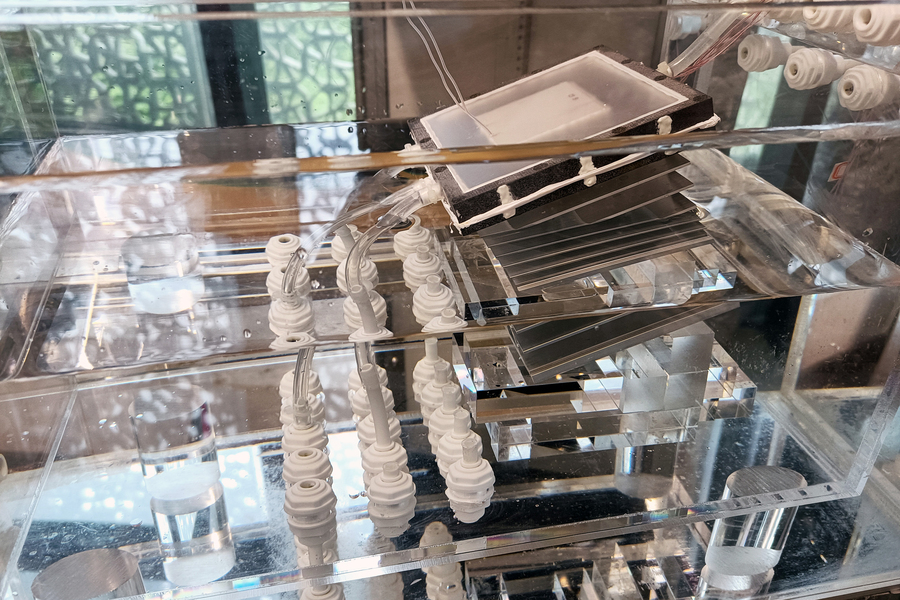Inflation Going Down!
Wholesale inflation experienced a significant decrease in November, falling below the 1% annual rate. This is primarily due to a 1.2% monthly drop in energy costs, mostly from reduced gas prices, as reported by the Labor Department on Wednesday.
The core index, which excludes energy and food costs, increased by 0.1% and is currently running at a 2.5% annual rate. Most of the readings came in lower than anticipated.
November’s Producer Price Index compares to the revised October figure, which saw a 0.4% decline, marking the largest drop since April 2020.
Kathy Jones, the chief fixed income strategist at the Schwab Center for Financial Research, commented on social media, “All categories are seeing continued decline. Energy and food deflation, but services and other goods price increases are also slowing down.”
The report follows the release of the consumer price index on Tuesday, which showed a 0.1% inflation increase in November 2023, translating to an annual rate of 3.1%, a decrease from October’s 3.2% and the lowest pace since early 2021.
Two key components of the November CPI were an acceleration in shelter inflation and an increase in the index for used vehicles. However, market indicators of the prices of those items have shown recent declines.
“The good news is that leading indicators of both used cars (according to wholesale used vehicle auction prices) and shelter (such as the Zillow rent price index) suggest that these upside pressures will fade,” said BCA Research in a client note on Wednesday morning. “Thus, the disinflation trend will continue in 2024.”
The positive trend on inflation coincides with the Federal Reserve’s meeting on Wednesday to decide on interest rate policy. Economists expect the central bank to leave rates unchanged but will be watching for potential rate cuts in 2024!
Hopefully we all can see this reflected in our monthly expenses! 😉




